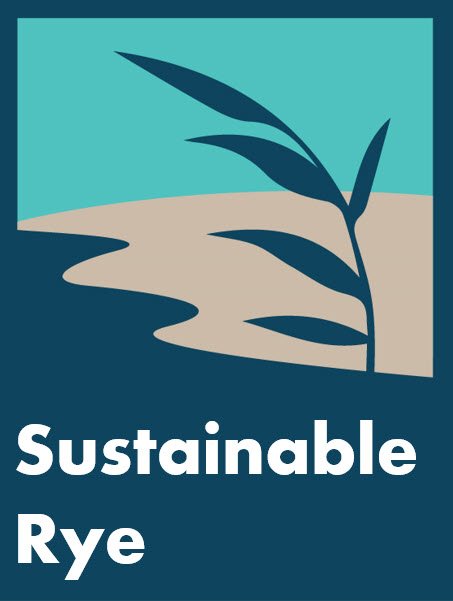Giving Thanks to Family, Friends and Mother Nature
In this season where we cherish all that we have, consider taking a few extra minutes to plan your holiday celebrations to avoid unnecessary waste.
One of the largest sources of waste during the holidays is food waste. According to the National Resources Defense Council, “in 2016, six million turkeys—a value of roughly $293 million—ended up in the trash … And when it comes to climate pollution, it wastes emissions equivalent to driving a car across the country 800,000 times.” In fact, a staggering 40% of our food ends up wasted and is the single largest contributor to landfills in the US.
There are a variety of simple ways to keep Mother Nature in mind as we celebrate. We may not be able to help you with your waist-reduction goals, but Rye Sustainability lists here some easy tips to reduce unnecessary waste.
Reducing Food Waste
Plan ahead to limit the amount of food waste. Try out the National Resources Defense Council’s handy “Guest-imator” to help estimate the appropriate amount of food you need for your guests.
Eat those tasty leftovers. If you’ve had enough turkey and stuffing, send some home with your guests.
Freeze it. Almost any food item can be frozen. Visit the USDA page for freezing and food safety guidelines.
Compost! RSC is advocating for a community composting program, but you can start composting now. Tips and resources can be found here.
Reducing Single-Use/Disposable Items
Remember your reusable bags when you shop and select items with little or no packaging.
Consider using cloth napkins and reusable dishware.
Decorate with nature. Fall is a perfect time to venture outdoors for some beautiful natural decorations.
For more tips on how to reduce waste, check out RSC’s Tips For Homeowners page.
Reducing Your Carbon Footprint
Carpool to your destination.
Be mindful of your energy usage. Plan ahead to cook items together and unplug appliances when not in use.
Consider reducing the amount of red meat and dairy products on your Thanksgiving menu. New research shows that one of the biggest ways to reduce our carbon footprint is to reduce consumption of these products.
Shop local. Support your local farmers’ market and merchants to promote your local economy and reduce the emissions from transportation of those products.
Follow the journey of a strawberry from the farm to the refrigerator to understand all that it takes to bring your food to you.


